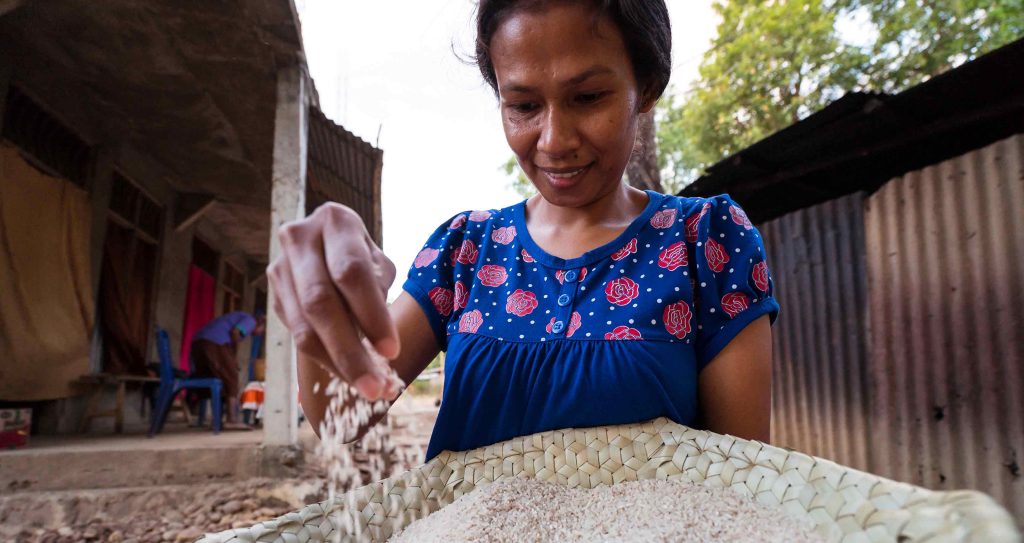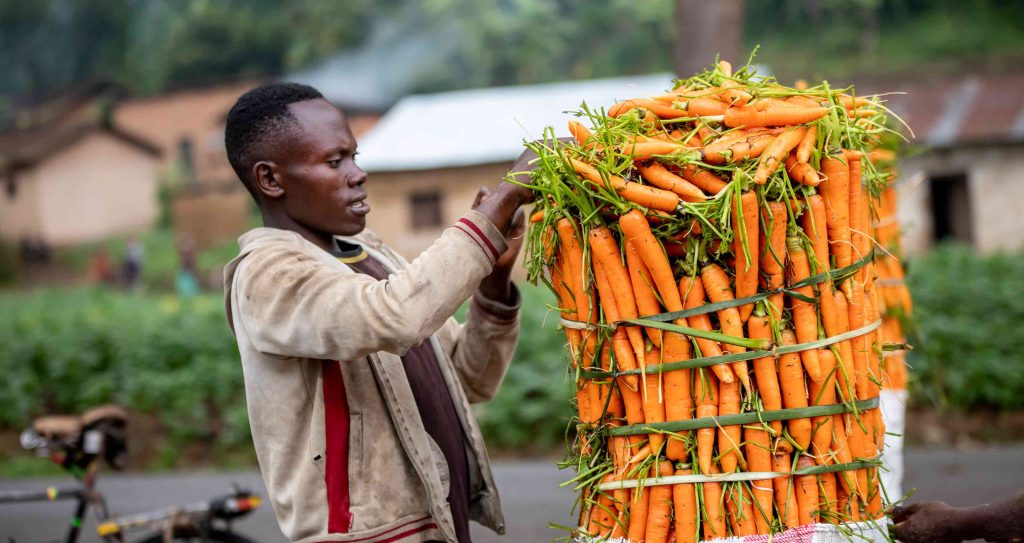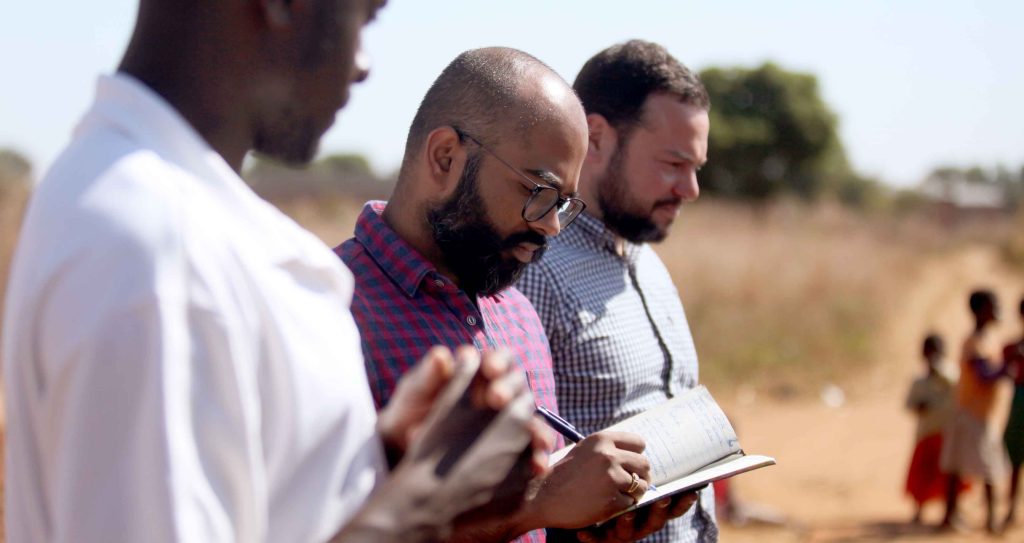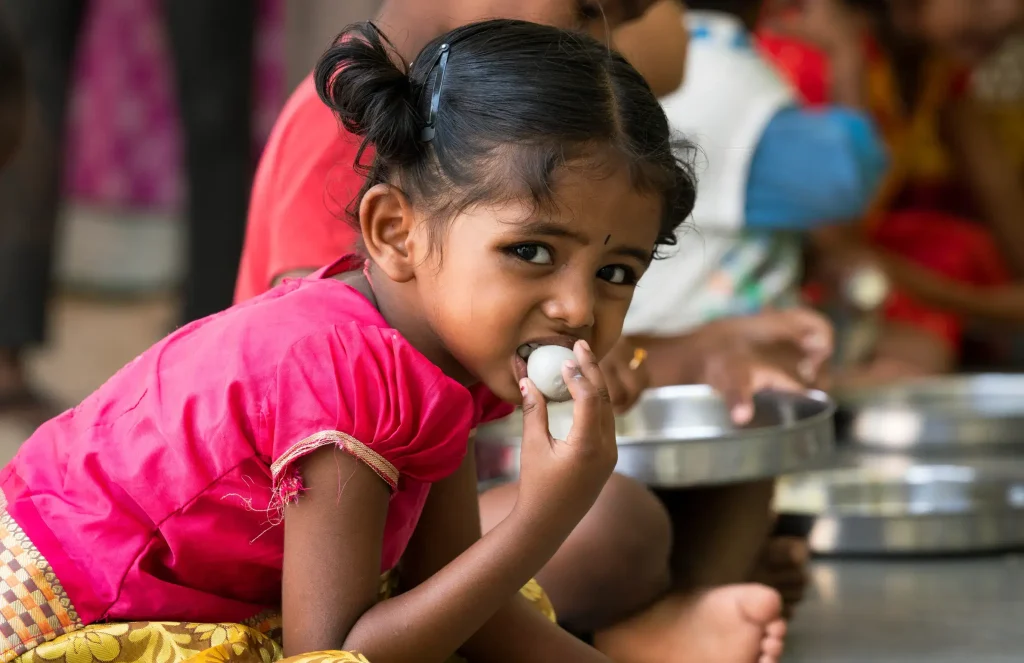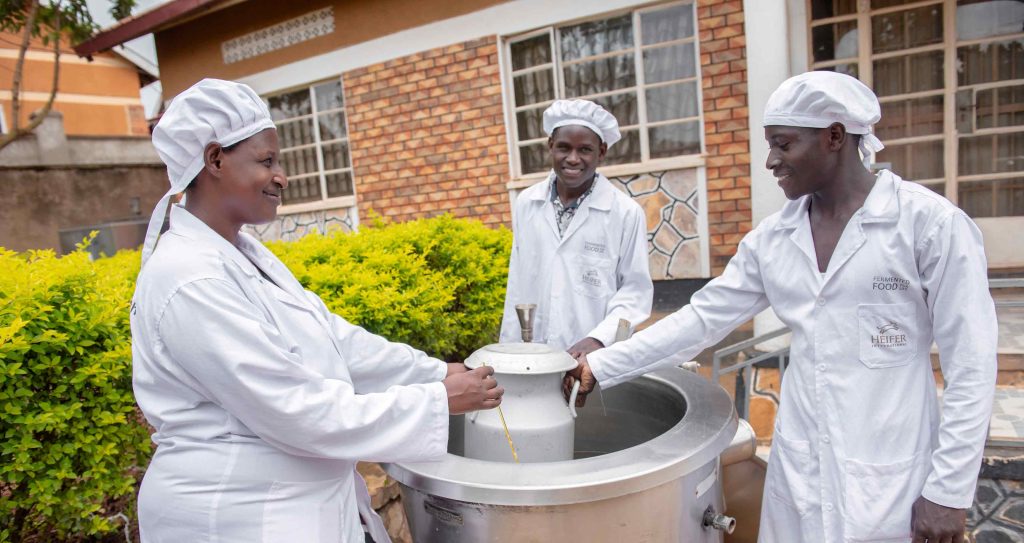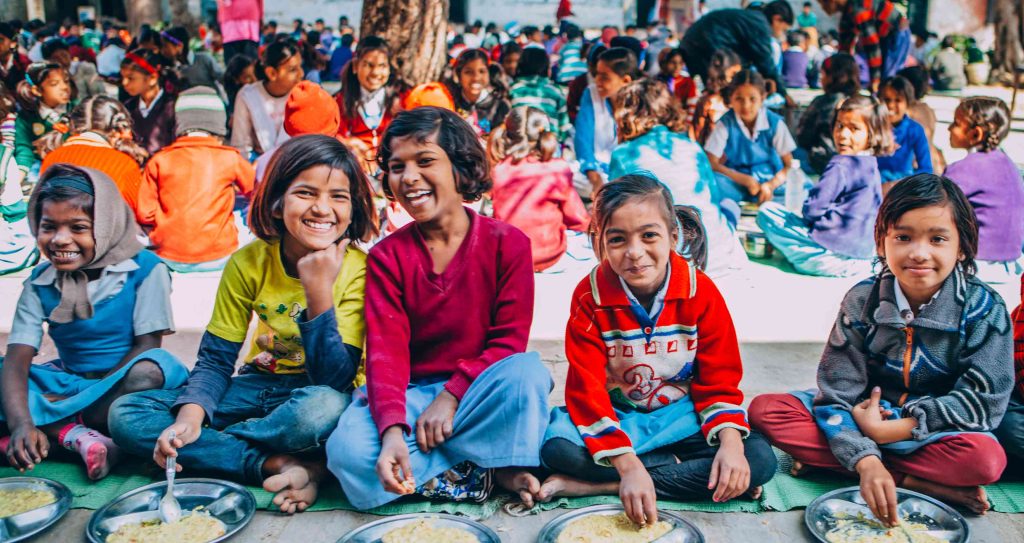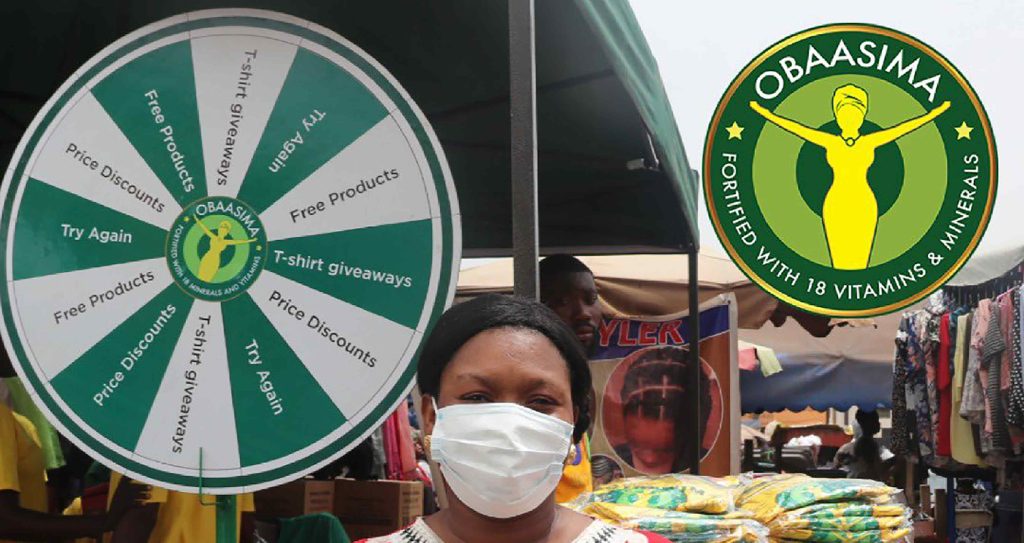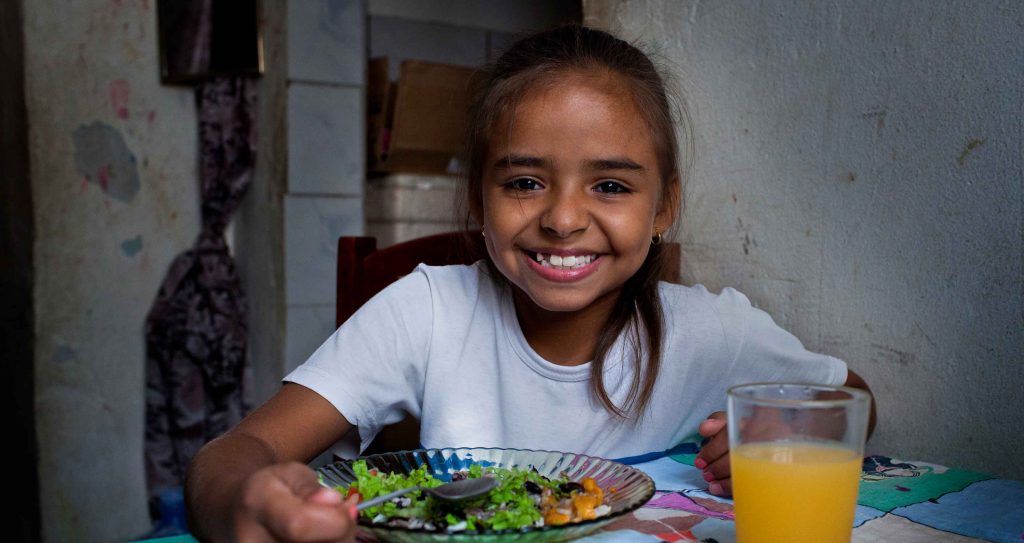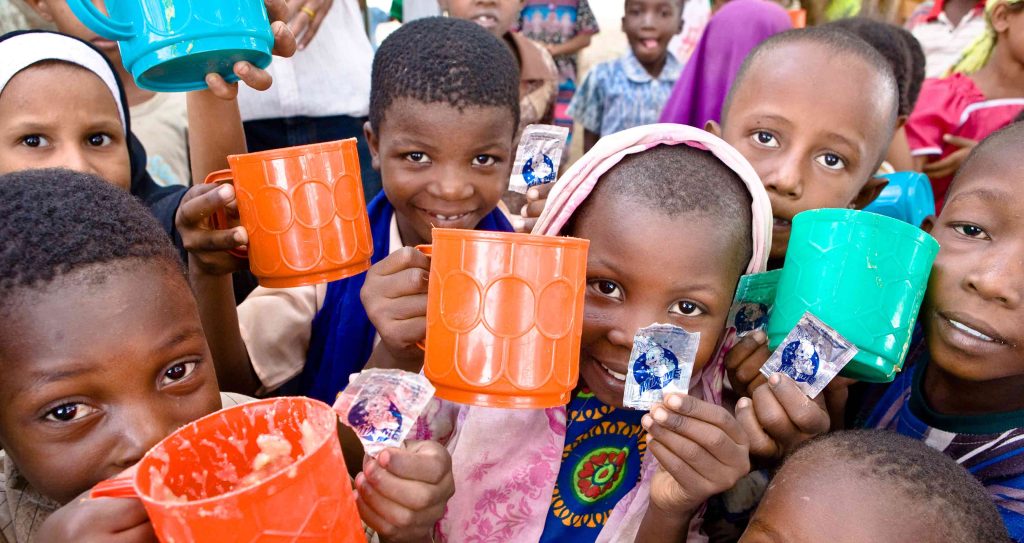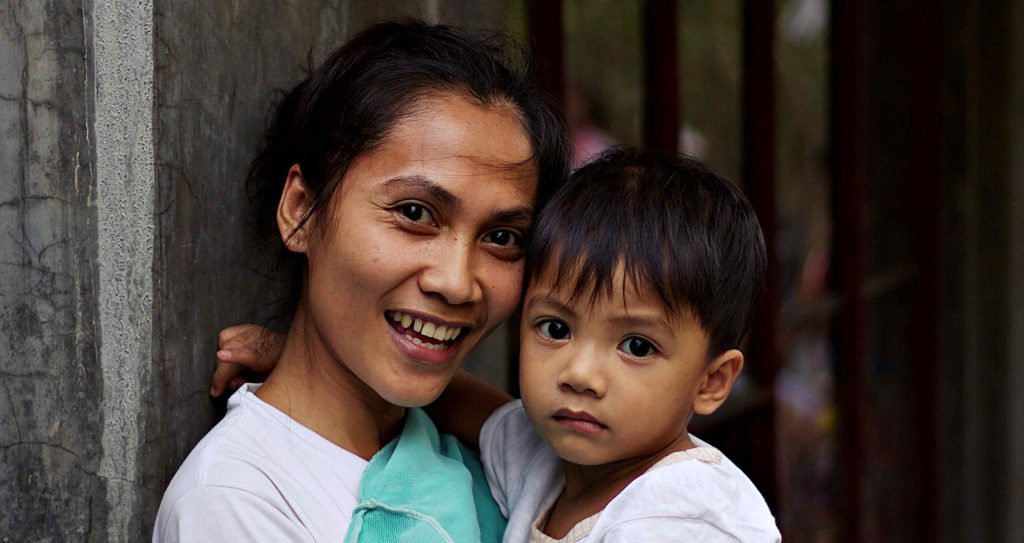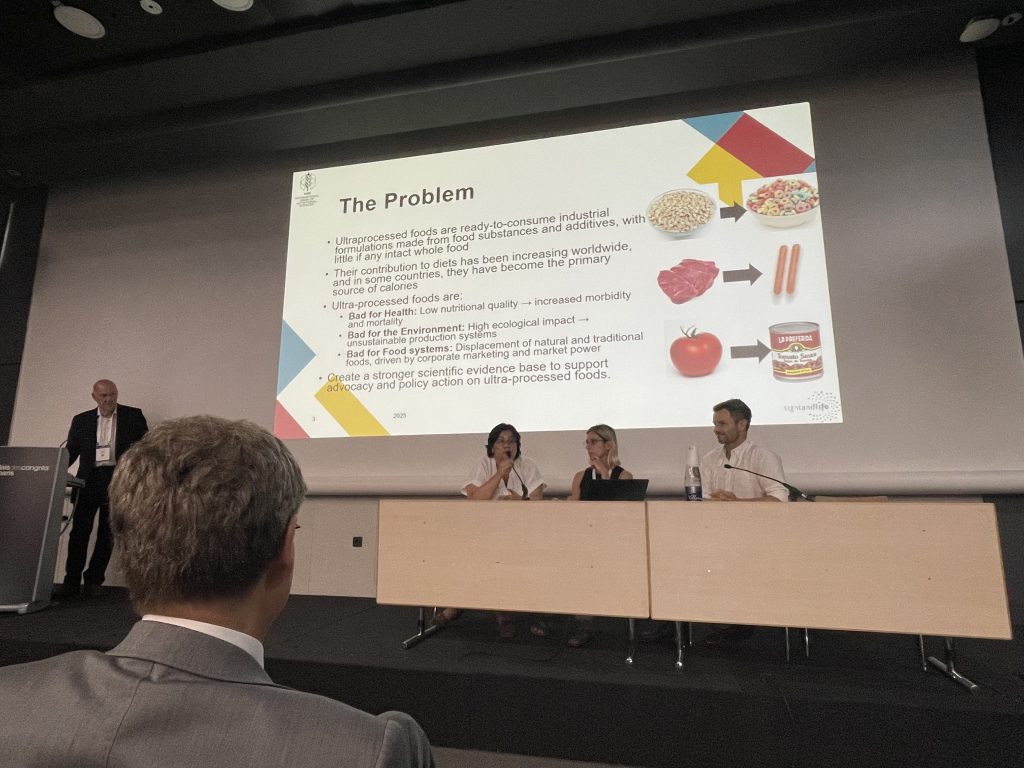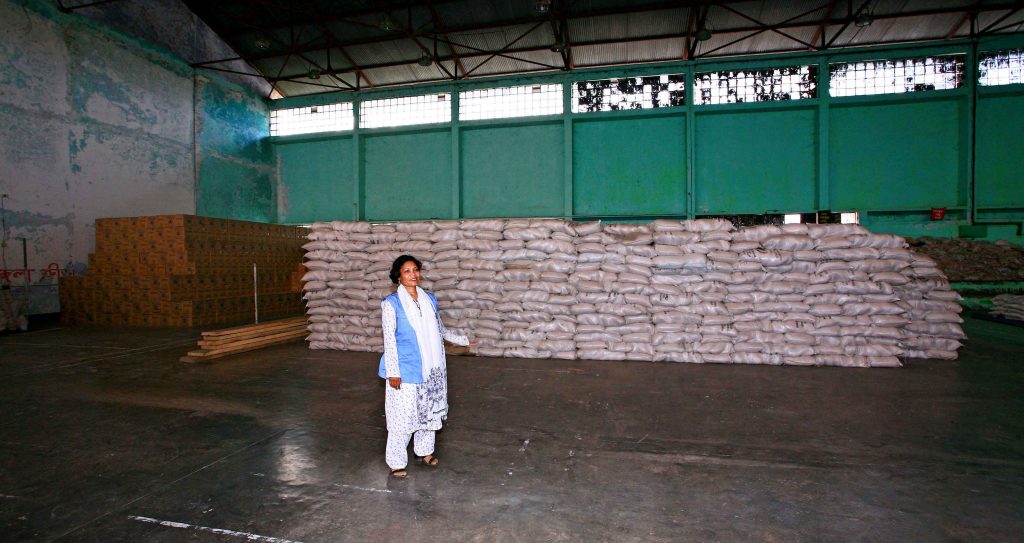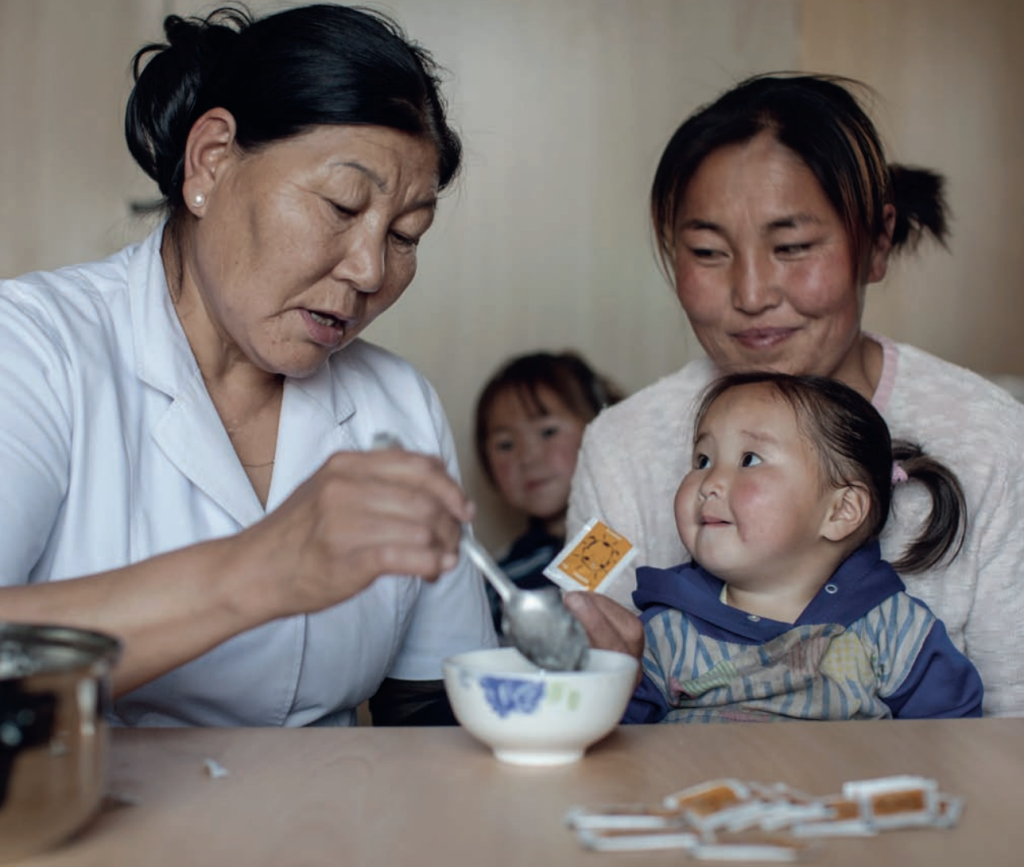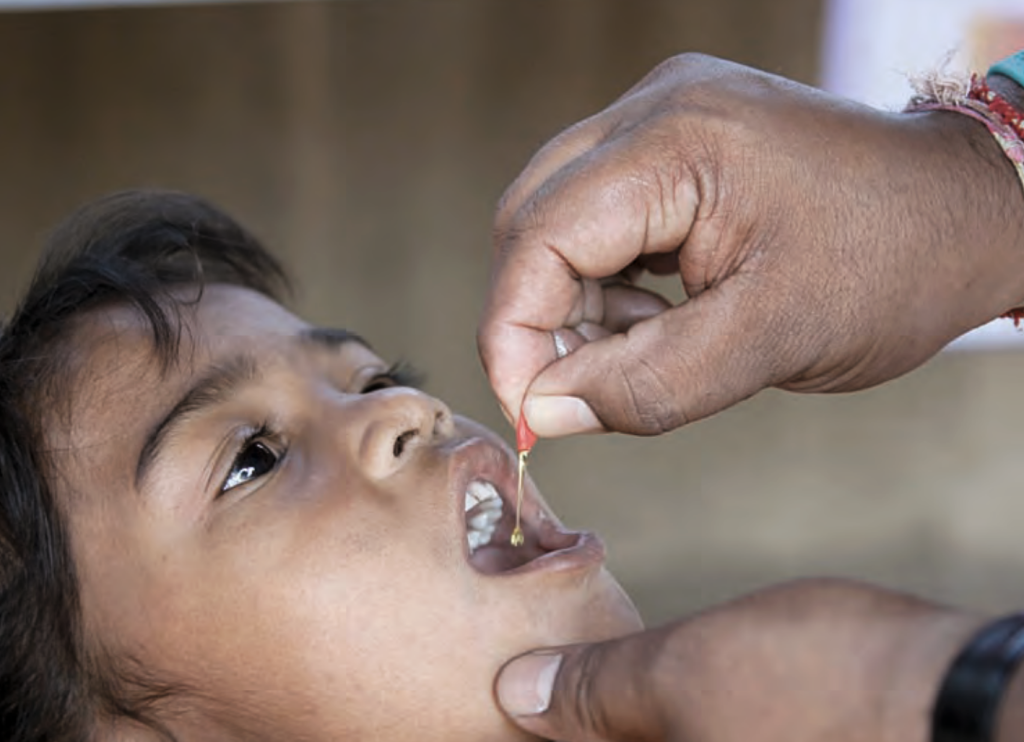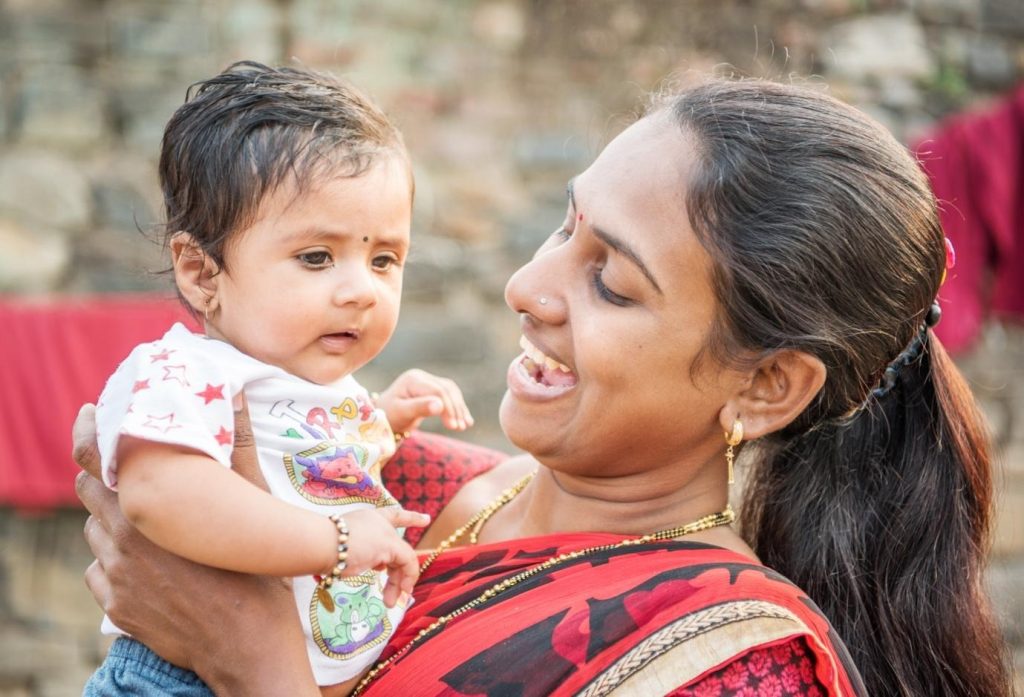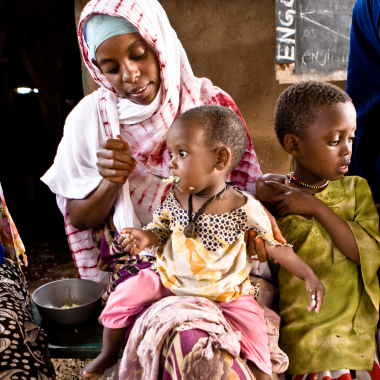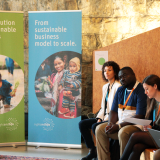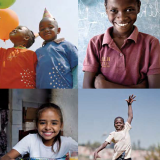Tackling adolescent nutritional anemia
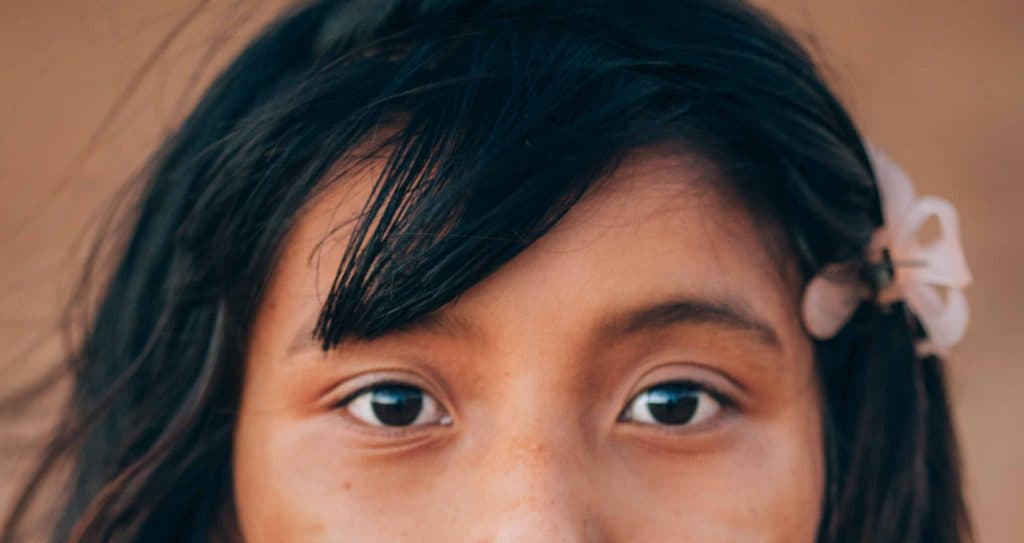
Goal: To conduct research on anemia among adolescents and advocate for scaling up interventions among adolescents.
According to the WHO, anemia is now the number one global cause of lost Disability Adjusted Life Years for boys and girls 10 to 14 years of age, and for girls 15 to 19 years of age . Thus far, anemia reduction efforts have largely focused on increasing iron intake by promoting the consumption of iron-rich foods, food fortification with iron, iron supplementation, and biofortification. Sight and Life has identified menstrual period, and more specifically, the contribution of heavy menses to low body iron stores and subsequent iron deficiency anemia. Our current initiatives include:
- Anemia Action Alliance (AAA). Sight and Life has been involved in the set-up of the AAA, which has four workstreams to advocate for the acceleration of anemia action: an investment strategy; a national anemia action; a technical workstream; and an integrated research agenda.
- Global Adolescent Nutrition Network (GANN) Core Group. The GANN is an initiative by the Emergency Nutrition Network (ENN), of which Sight and Life is a member of the smaller core group, working collaboratively together to achieve a shared theory of change and ensuring evidence gaps on adolescent nutrition are gathered and attention if called to them for researchers and donors and supporting the development and validation of standardized nutrition assessment tools.
- Partnership for Maternal, Newborn & Child Health. PMNCH is the leading global alliance for women’s, children’s and adolescent’s health and well-being, with over 1,400 partners, of which Sight and Life is a member. Keep an eye out for our jointly hosted session at PMNCH’s virtual Global Forum for Adolescents in October 2023.
- Nutritional Anemia: Second Edition. In collaboration with ETH and UBC , we’ve published an updated version of our Nutritional Anemia book. This book summarizes the current state of evidence on the multifactorial causes of anemia, with a specific focus on nutritional anemia, and serves as a comprehensive resource for those involved in global health and nutrition policy, strategy, programming, or research.

Research
Sight and Life is conducting three research studies on anemia among adolescents, with a focus on the menstrual cycle, in collaboration with WUR , ETH and TRUE :
- Iron absorption and variations of iron status parameters, hepcidin, inflammatory markers, and sex hormones during the menstrual cycle . Presently, very few studies have assessed iron absorption concerning a woman’s menstrual cycle. We aim to measure and compare iron status, hepcidin, inflammatory markers, hormones estrogen and progesterone and changes in iron absorption at various points throughout the menstrual cycle to determine the best time for iron supplementation concerning the menstrual cycle. This exploratory study was conducted among 10 women in Switzerland from November-December 2022, with results forthcoming.
- Measuring menstrual iron loss during the menstrual cycle using the iron isotope dilution technique. The stable iron isotope dilution methodology, a promising new method for quantifying long-term body iron balance, absorption, and loss, has yet to be applied to the measurement of menstrual iron losses. We aim to validate the iron isotope dilution methodology using the alkaline hematin method for menstrual blood loss measurement. This exploratory study was conducted among 10 women in Switzerland from March-July 2023, with results forthcoming.
- Effect of ibuprofen and MMS on menstrual blood loss and iron status in menstruating Malawian adolescent girls: a 2×2 factorial, randomized controlled trial. We will assess the effect of supplementation with iron-containing micronutrients and ibuprofen on menstrual blood volume loss, menstrual iron loss, iron status, menstrual duration, menstrual cycle length, vaginal microbiota, and self-reported indicators of menstrual blood loss and quality of life in 450 menstruating Malawian girls aged 15-20 years.
- Breakfast consumption, nutrition and anthropometry-related outcomes in adolescents from low- and middle-income countries: protocol for a systematic review and meta-analysis. Breakfast consumption is crucial during adolescence, characterized by rapid growth and development. However, breakfast skipping is common among adolescents in low- and middle-income countries (LMICs), and there is a lack of consolidated evidence regarding this behavior’s impact on their health and nutrition status. We will systematically assess the association between breakfast skipping and nutrition- and anthropometry-related outcomes (anemia prevalence, hemoglobin concentration, BMI, BMI-for-age, and weight status) in adolescents aged 10-19 years from LMICs.
Want to follow more of what Sight and Life is doing surrounding adolescent health and wellbeing? Look out for our jointly hosted session at the PMNCH Global Forum for Adolescents virtual event on the intersection of Nutrition and Education with London School of Hygiene and Tropical Medicine (LSHTM), Nutrition International and the Global Alliance for Improved Nutrition (GAIN).
Curious to learn more about Sight and Life’s work on improving adolescent nutrition? Does your organization see opportunities for synergy? Let’s collaborate for greater impact.
Discover more
Why tackle malnutrition
Understand how malnutrition affects our collective future
Global footprint
Discover our key projects across the world
Our strategy
Learn about our 3-stage plan to deliver direct impact on the ground
Our impact
Learn about the impact we have made on the ground so far all these chnages are in discover more section


